Doxorubicin delivered into cancer cells with the help of copolymer-based micelles
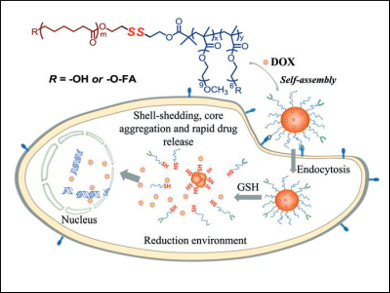
Targeted Drug Delivery with Micelles
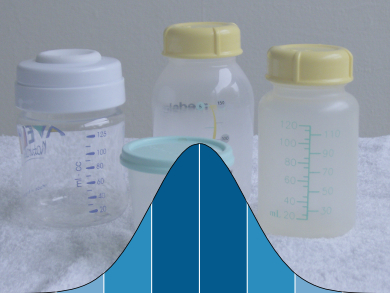
Cognitive Test Scores Written in Mother's Milk
The fatty acid profile of women's breast milk predicts the outcomes of children's cognitive tests
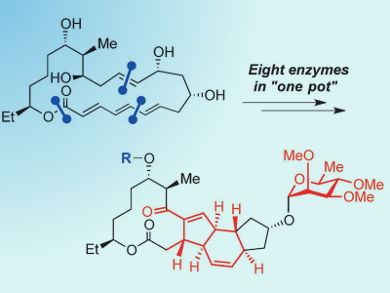
Chemoenzymatic Synthesis
The insecticide spinoysn A was synthesized by a chemoenzymatic approach

75th Birthday: Heindirk tom Dieck
Heindirk tom Dieck, former executive director of the German Chemical Society, celebrates his 75th birthday
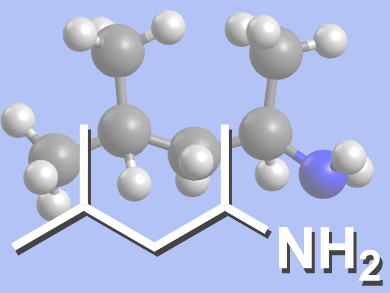
Synthetic Stimulants In Dietary Supplements
The synthetic stimulant 1,3-dimethylbutylamine (DMBA), never tested in humans, was found in dietary supplements

KCS-Wiley Young Chemist Award 2014
Bong June Sung, Sogang University, and Jae-Min Oh, Yonsei University, were awarded
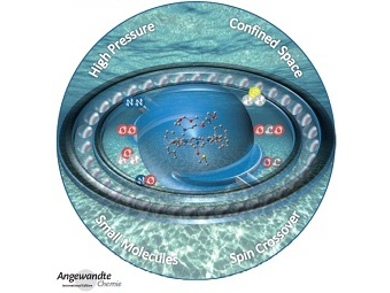
Angewandte Chemie 43/2014: Long-Term Stability
Overview of the latest issue of Angewandte Chemie

Fast 2D NMR for Kinetic Studies
2D COSY NMR made fast enough to follow the kinetics of organic reactions and identify intermediates

From Magnetic Code to Analyte Detection
Magnetic, luminescent nanoparticles were successfully used to separate three immunoglobulin G derivatives sequentially
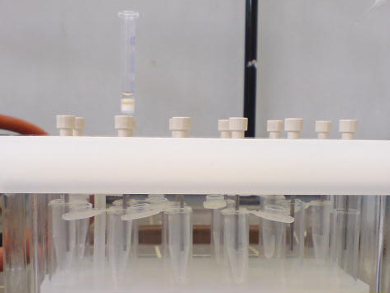
Solid Approach to Product Extraction
An effective solid-extraction method to simplify the workup of organic reactions